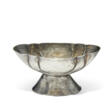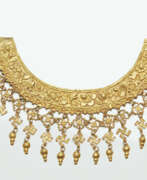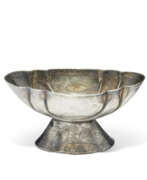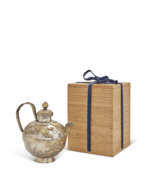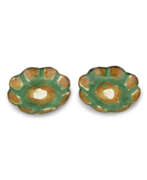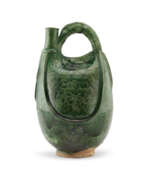Liao dynasty
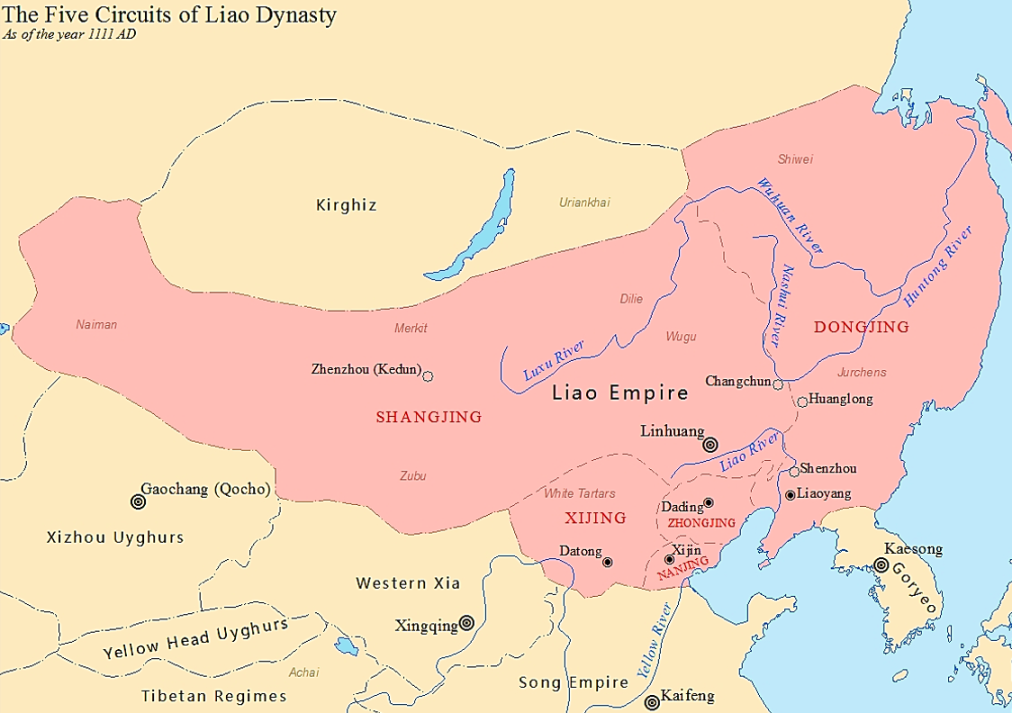
Liao dynasty
The Liao Dynasty, reigning from 907 to 1125, was an era of significant cultural and political influence in medieval Asia. Established by the nomadic Khitan tribes, it covered a vast area that includes parts of modern-day China, Mongolia, North Korea, and Russia. This period is renowned for its unique blend of Khitan and Han Chinese cultures, evident in various aspects of life and art.
This dynasty was characterized by its dual administration system, reflecting the Khitan’s desire to preserve their identity while adopting beneficial Chinese practices. The Khitan, divided into the Yelu and Xiao clans, maintained their nomadic traditions alongside the sophisticated structures of Chinese governance. Remarkably, the Liao established five concurrent regional capitals, each a hub of cultural and political activity.
Art and culture flourished under the Liao, with a notable influence from Han Chinese traditions. The dynasty saw the establishment of the Guozijian, an imperial academy for Confucian teachings. Additionally, their art, particularly in ceramic sculpture, was highly influenced by Buddhism, although the Khitan also celebrated their nomadic heritage through various art forms. Exquisite examples of their artistry, like the famed Arhat (Luohan) sculptures, are masterpieces of ceramic sculpture, known for their naturalistic modeling and distinctive three-toned (sancai) glaze.
However, the Liao Dynasty also faced internal challenges, especially in succession methods, leading to its downfall in 1125. The Jurchens overthrew the Liao, giving rise to the Jin Dynasty. Yet, the cultural and artistic legacy of the Liao Dynasty left a lasting impact on the region, marking a unique period where nomadic and sedentary cultures merged beautifully.
For art collectors and antiques experts, the Liao Dynasty offers a fascinating study in cultural fusion and artistic evolution. If you’re interested in updates related to Liao Dynasty art, sign up for notifications on new product sales and auction events. Stay informed and add to your collection with pieces that encapsulate this unique historical era.
| Country: | Asia, China |
|---|---|
| Start of the period: | 907 |
| End of the period: | 1125 |
